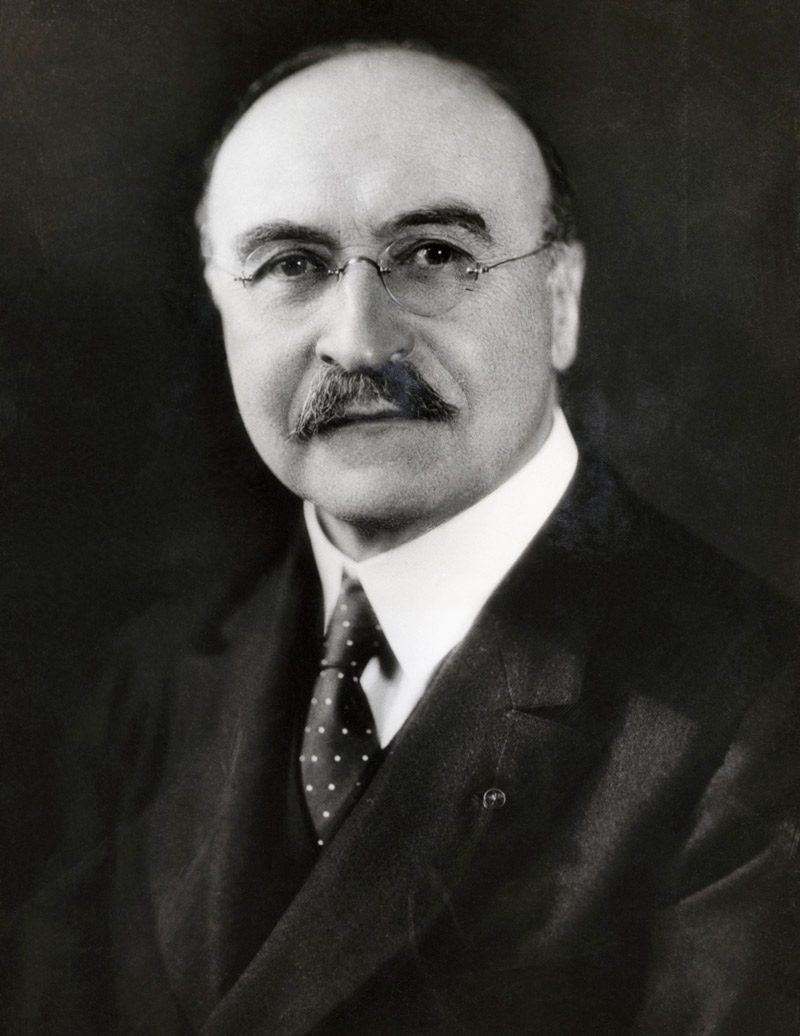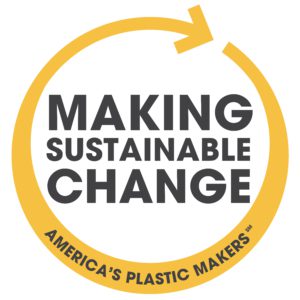The plastic age was born 150 years ago.
It was born in large part by chemists, driven by their desire to help solve society’s challenges. And in small part by a story about elephants.
Billiard Balls
For much of human history, everyday tools and products were made mostly from ivory, wood, metals, plant fibers, animal skins/hair/bone, and the like.
A familiar example: billiard balls.
For hundreds of years, ivory was the favored material for making the smooth, durable spheres. But by the mid-1800s, relying on elephants to meet demand for ivory – about eight balls per tusk – became unsustainable and dangerous. Society demanded substitutes.
In the late 1860s, an American chemist patented the partially synthetic material “celluloid,” made primarily from plant cellulose and camphor, that began replacing ivory in multiple applications. Including billiard balls.
This story – new polymeric materials with advanced properties replacing limited, existing materials – has been evolving ever since, largely written by chemists and engineers.

Chemists Rising
As the first and second industrial revolutions created a huge demand for materials, chemists searched for new sources – plus innovative, new materials. In addition to cellulose, galalith and rayon (a modified cellulose) were born in the late 1800s.
Then in the early 1900s, the Belgian-born American chemist Leo Baekeland created the first entirely synthetic plastic – and it would revolutionize the way many products were made.

Bakelite® properties were suited for a much wider variety of uses than its predecessors. For example, it was resistant to heat and did not conduct electricity, so it was a really good insulator, making it particularly useful in the automotive and electrical industries emerging in the early 1900s.
After that, chemists really got cooking.
- Cellophane, invented in 1912, took off in the 1920s after DuPont made it water resistant.
- Vinyl was developed in the 1920s to replace expensive, difficult-to-source rubber in multiple applications.
- Polyethylene was produced during the 1930s in fits and starts in the UK (it’s now the most widely used plastic).
- Polyvinyl chloride was discovered in 1933 by accident by a Dow Chemical lab worker.
- Polyurethanes were invented in the 1930s by Dr. Otto Bayer (soon a household name).
- Nylon was unveiled in 1939 at the New York World’s fair (and largely eclipsed silk in clothing.)
These “modern” materials inexorably made inroads in our society and economy. They solved challenges large and small, from creating a more affordable, reliable synthetic “rubber” to making women’s stockings more wearable.

By the 1930s the term “plastic” had become part of our everyday language.
“It’s a Wonderful Life”
The classic Christmas movie, “It’s a Wonderful Life,” depicts a dramatic inflection point in America’s reliance on plastic: World War II.
Before the war, George Bailey’s friend Sam Wainwright offers him a “chance of a lifetime” investing in plastic. “This is the biggest thing since radio, and I’m letting you in on the ground floor.”
George turns him down and tells his future wife Mary: “Now you listen to me! I don’t want any plastics! I don’t want any ground floors, and I don’t want to get married – ever – to anyone! You understand that? I want to do what I want to do. And you’re… and you’re…” And then they kiss.
But I digress.

Sam “made a fortune in plastic hoods for planes” during the war. Plastic also was used to make the housing for radar equipment (since plastic doesn’t impede radar waves). Plastic replaced rubber in airplane wheels. And it even was sprayed on fighter planes to protect against corrosion from salty seawater.
The war required a massive run up in plastic production. Responding in emergency mode, America’s chemists and plastic makers proved invaluable to our nation’s war efforts. It soon became readily clear what these innovative materials could do.
Post War Boom(ers)
In the late 40s and 50s, these new materials began replacing traditional materials in everyday life, from car seats to refrigerators to food packaging.

Production boomed with the “Baby Boomers.” New plastics were invented – e.g., polyester, polypropylene, and polystyrene – that further cemented the role of plastic in our society and economy.
During the post-war decades, we discovered an interesting characteristic of these modern materials: Plastic allowed us to do more with less because it’s lightweight yet strong.
Later studies demonstrated what industry folks presumed at the time. In general, plastic reduces key environmental impacts of products and packaging compared to materials like glass, paper, and metals. By switching to plastic, we use less energy and create less waste and fewer carbon emissions than typical alternatives.

In short, the switch to plastic contributes immensely to sustainability, an often-overlooked characteristic. Perhaps somewhat unknowingly, chemists (and the companies they worked with) once again were at the forefront of contributing solutions to serious societal challenges.
Is This Sustainable?
As the last century was winding down, personal consumption was soaring. And Americans began to take greater notice of these new-ish materials that were displacing traditional glass, paper, and metals.
In 1987, a wayward barge full of trash travelled from New York to Belize looking for a home for its stinky cargo. The barge received extensive national media attention and stoked fears of a “garbage crisis.” The public began to blame the rapid growth of plastic, particularly packaging, for our garbage problem.

Consumption also was growing rapidly across much of the world before and after the turn of the century. But solid waste infrastructure was growing more slowly than needed in many places.
Increasing amounts of mismanaged refuse wound up in rivers and waterways and our ocean, where currents carried it across the globe. While most refuse sinks, many plastics are buoyant, making them more visible and concerning. As awareness grew of marine litter’s effects on wildlife and beaches, so too did concerns over the role of plastic in our global society.
In light of these and other events, many people began questioning the sustainability of plastic.
Over these decades, plastic makers and the entire value chain responded in part by encouraging growth in plastic recycling. Most communities successfully added plastic bottle/containers to their recycling programs, and plastic bottle recycling rates soon reached par with glass bottles.
And the widely admired “Plastics Make it Possible” campaign helped educate and remind Americans of the many solutions that plastic provides… solutions made possible by the very nature of these innovative, modern materials.
Making Sustainable Change
Today, most Americans appreciate the benefits of plastic… and they want to see more advances in sustainability. For example, Americans want to see increased recycling of all plastic packaging, especially the newer lightweight flexible packaging that’s replacing heavier materials. And they want an end to plastic waste in our environment.
So today, America’s Plastic Makers are focused on “making sustainable change” by finding new ways to make plastic lighter, stronger, more efficient, and more recyclable. And by driving down greenhouse gas emissions from products and production.
We’re working to keep plastic in our economy and out of our environment. To achieve this, we’re focused on helping build a circular economy for plastic, in which plastic is reused instead of discarded.
We’re continuing to innovate, investing billions of dollars in next generation advanced recycling. Empowered by chemistry and engineering, these technologies make it possible for plastic to be remade into high-quality raw materials for new plastic. Again and again.
We’re advocating for a circular economy in statehouses and at the federal level with our 5 Actions for Sustainable Change. These policies are needed to help us reach our goal: by 2040, all U.S. plastic packaging will be recycled, reused, or recovered.
And we’re actively supporting a global agreement among nations to end plastic waste in our environment.
America’s Change Makers
The story of plastic is evolving. It’s constantly being rewritten by our chemists, engineers, designers, and technicians. People we call America’s Change Makers who dedicate their careers to making sustainable change.
Today this story includes enabling renewable energy. Efficiently delivering safe water. Combatting climate change. Contributing to accessible, affordable medical treatments.
From helping save elephants a century and a half ago to driving down greenhouse gas emissions today, America’s Plastic Makers are leveraging our history of innovation to help solve some of society’s biggest challenges. And to create a cleaner, brighter future.
Learn more here about solutions for issues facing our nation and the world.




